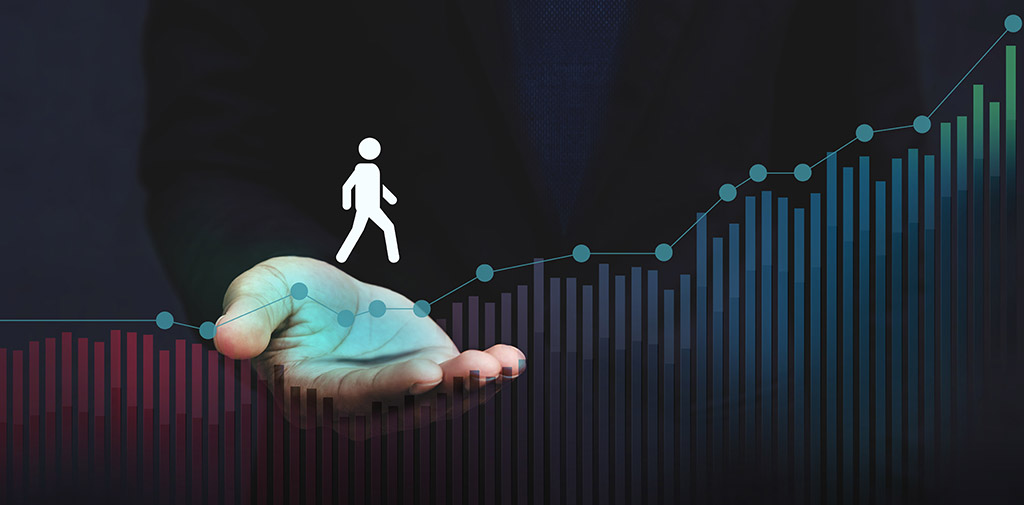
Personalization no longer gives brands an edge over their competition. It has become a core necessity. Incorporating personalization into your customer journeys to increase the likelihood of a purchase requires you to embrace Customer Experience Services. This carefully curated suite of services facilitates seamless and personalized interactions, ensuring a significant impact on customer engagement and loyalty.
An extensive study carried out by McKinsey gives solid numbers that affirm that the effort put into personalization translates into a much higher return on investment.
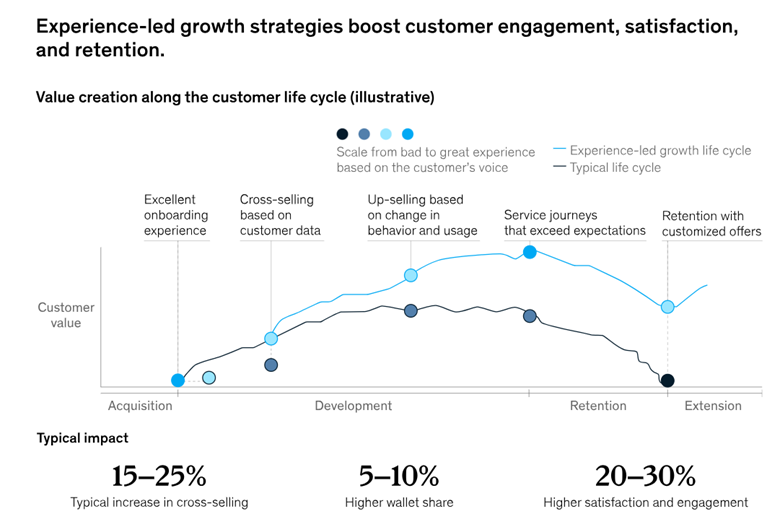
Coming to 2024, in addition to meeting or surpassing customer expectations and driving growth, companies that deploy personalization tools are seeing up to triple-digit improvements in their business goals.
Personalization is used to improve business outcomes such as:
- Lead collection
- Engagement
- Conversion
- Customer Feedback
- Social participation
- App download
Not only does personalization improve the odds of improving the business outcome, but it also improves customer sentiment towards the brand, with customers acknowledging that the brand “gets” them.
Different Forms of Personalization
Personalization takes multiple forms, and we should look at it through these lenses.
- The content, offerings, and promotions we see. These objects can be presented to a customer by a series of human-defined rules. If the customer is Segment A, show content 1; if Segment B, show content 2, etc. Alternatively, personalization platforms that use ML models automatically determine the content to be shown to a particular segment and are optimized by the desired business outcome.
- The second form of personalization is channel preference. In this case, we are optimizing the experience across channels and creating a customer journey that is more likely to deliver a targeted business outcome. Here, we are personalizing content on channels like web, text, SMS, push, chat, mobile, digital media, and voice. If your customer does not respond to email but interacts with mobile push, then that is the preferred channel. This type of personalization will help you pick the ideal channel mix to engage your customers to drive the ideal business outcome.
How do you Enable Personalization at Scale?
Your first thought, maybe, isn’t this hard to achieve? It is hard enough managing your website, email, and social channels, supplying content and promotions, and now you are suggesting I need to exponentially increase the numbers and versions of this to perform personalization. This might sound daunting. So how can you achieve personalization at scale?
The key to personalization is the following three technology solutions, all working together to manage the personalized experience.
A. Customer Data Platform
The first element is the Customer Data Platform, also known as a CDP. The CDP is the brains of the operation, and a platform that builds a profile of a customer. CDPs monitor customer behavior on digital platforms but are also designed to ingest first-party and third-party data sources to help deepen the knowledge of the customer.
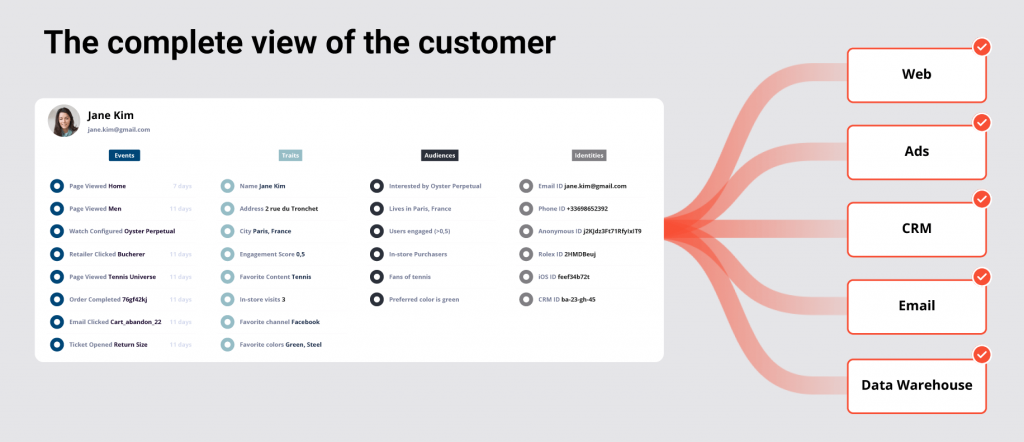
First-party data could be any data your enterprise has on a customer, including items purchased, the status of the account, subscription length, interactions with sales, or customer service.
Third-party data can be data from other systems or information sources that can be useful to marketers. This could be financial data, media data, demographic data, psychographic data, or weather data.
Modern CDPs come with a range of pre-built connectors and open APIs to connect these different data sources. Prebuilt connectors cover platforms across Advertising, CRMs, eCommerce, Marketing Automation, Customer support, and many more.
One of the key functions is identity resolution, which will match customers across different devices and channels.
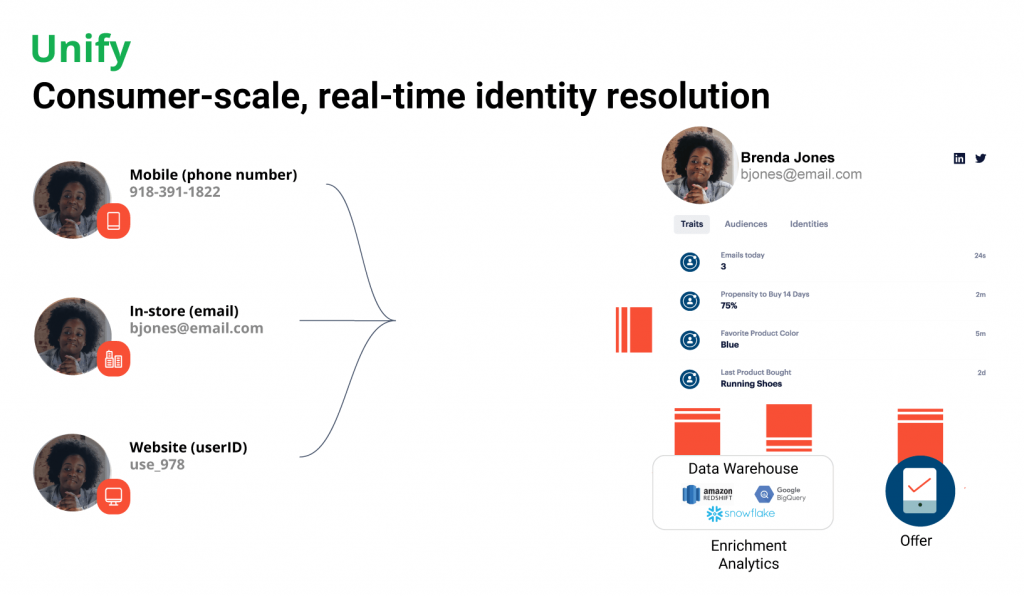
B. The Personalization Engine
The second element is the personalization engine. The personalization engine allows businesses to define the following:
1. What is the segment? The tool allows you to define the segment you want to target. This can be as simple as a single attribute, such as customers with product X or customers who have never visited your website. Or it can be defined by multiple attributes, such as purchase recency, location, affinity for discounts, and channel preference. In addition, CDP is adding AI capabilities that will help marketers define segments, which will increase the likelihood of achieving a business outcome.
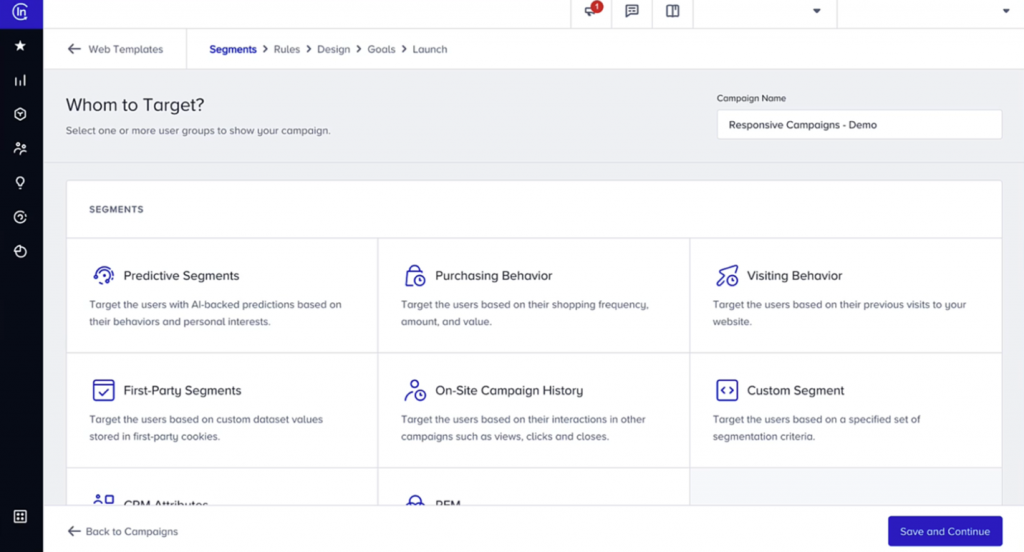
2. What is the content to be displayed? Many tools have drag-and-drop “What You See Is What You Get” (WYSIWYG) editors that allow marketers to choose an element and edit the content for the specific element. This can be an image, text, offer, or CTA. In addition, many platforms have prebuilt components that are designed to drive a business outcome, such as surveys, instant coupons, lead capture devices, etc.
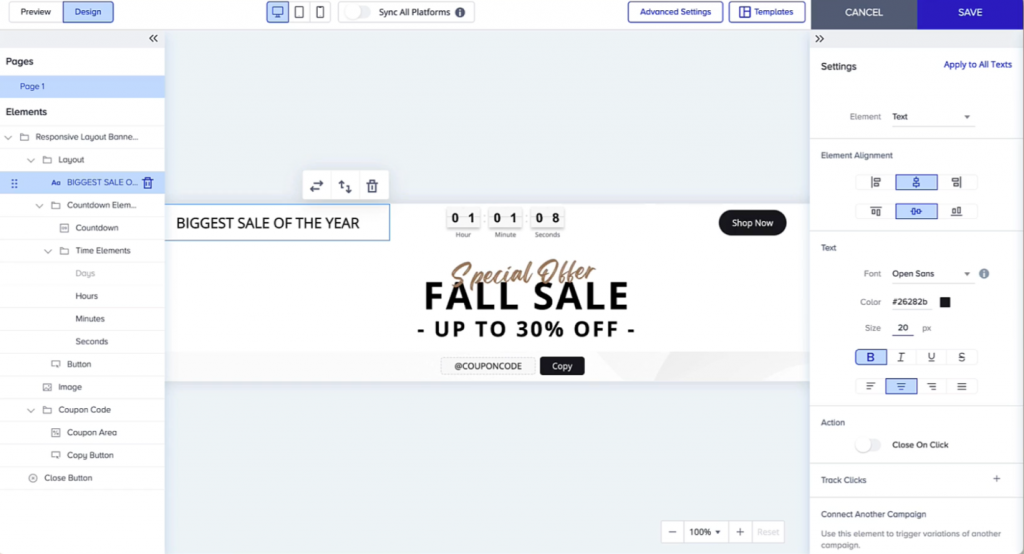
3. Where do you want the content to be displayed? Any content you create can be repurposed and added to a cross-channel journey you believe your segment will take. You can design an experience that will target a segment, create the content, and then deliver it in one or more channels or across a sequence of channels, like email, website, mobile app, and SMS.
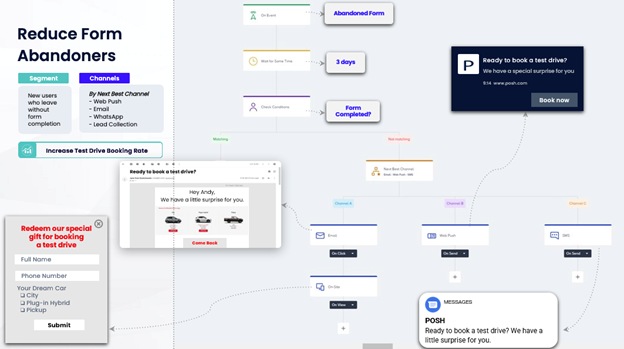
C. Analytics
The third area is analytics. The effect of individual personalization elements on each selected segment has to be measured. Analytics focuses on content elements and channels that are mostly unseen on page-based analytics platforms.
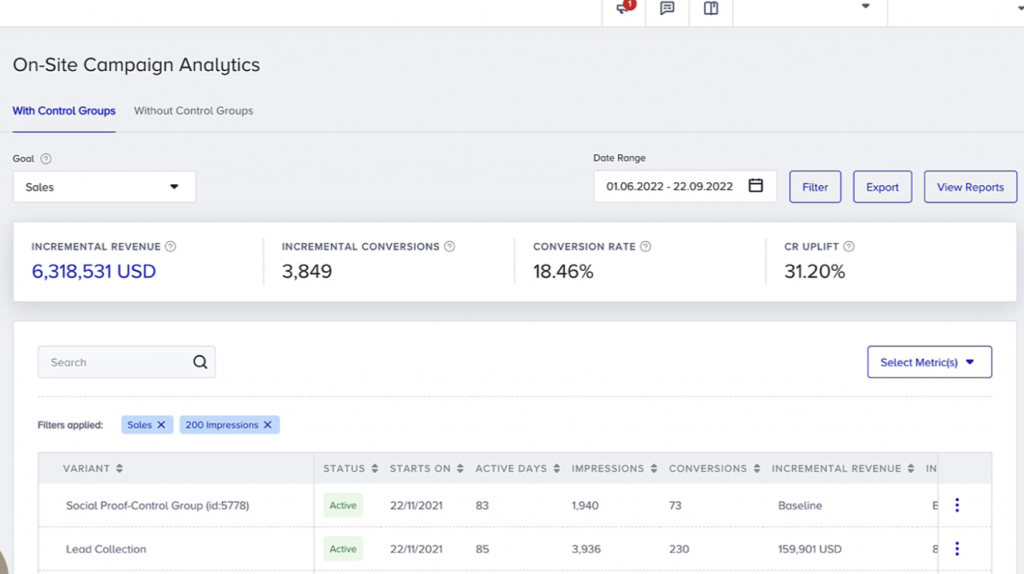
Unlock the Potential of Personalization
Personalization is a very powerful tool in the way brands should be connecting with their customers. Not only do customers now expect and favor brands that do it well, but businesses are also seeing the benefits of deploying these technologies. The days of all customers seeing the same experience and digital experience as an online brochure will continue to erode. All industries, B2C and B2B, can take advantage of personalization to connect with their prospects and engage their customers.
Synoptek is a partner with several leading personalization platforms, as part of a Digital Experience Platform as well as a best-of-breed personalization solution. In addition, we offer comprehensive Customer Experience Services and have helped clients better understand their customers. We have designed omnichannel experiences, including creative and content services, and can help your team scale to deliver the personalized experiences your business needs.
Partner with Synoptek and let us empower your team to scale and meet the evolving demands of a personalized experience.
